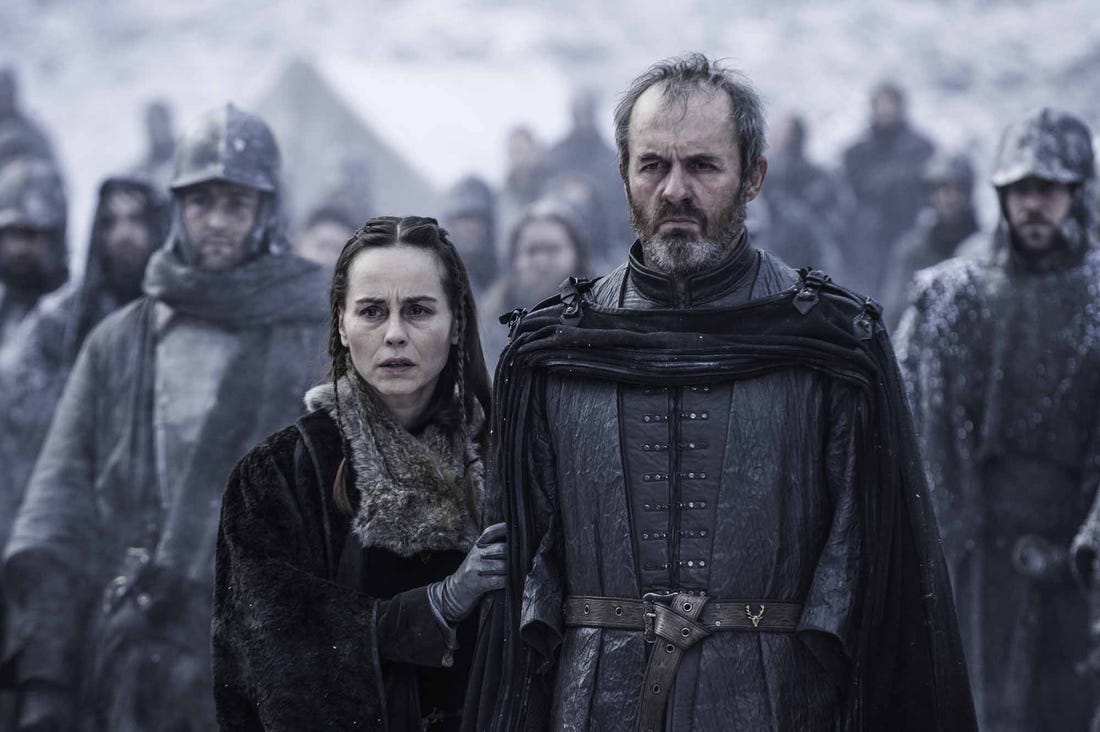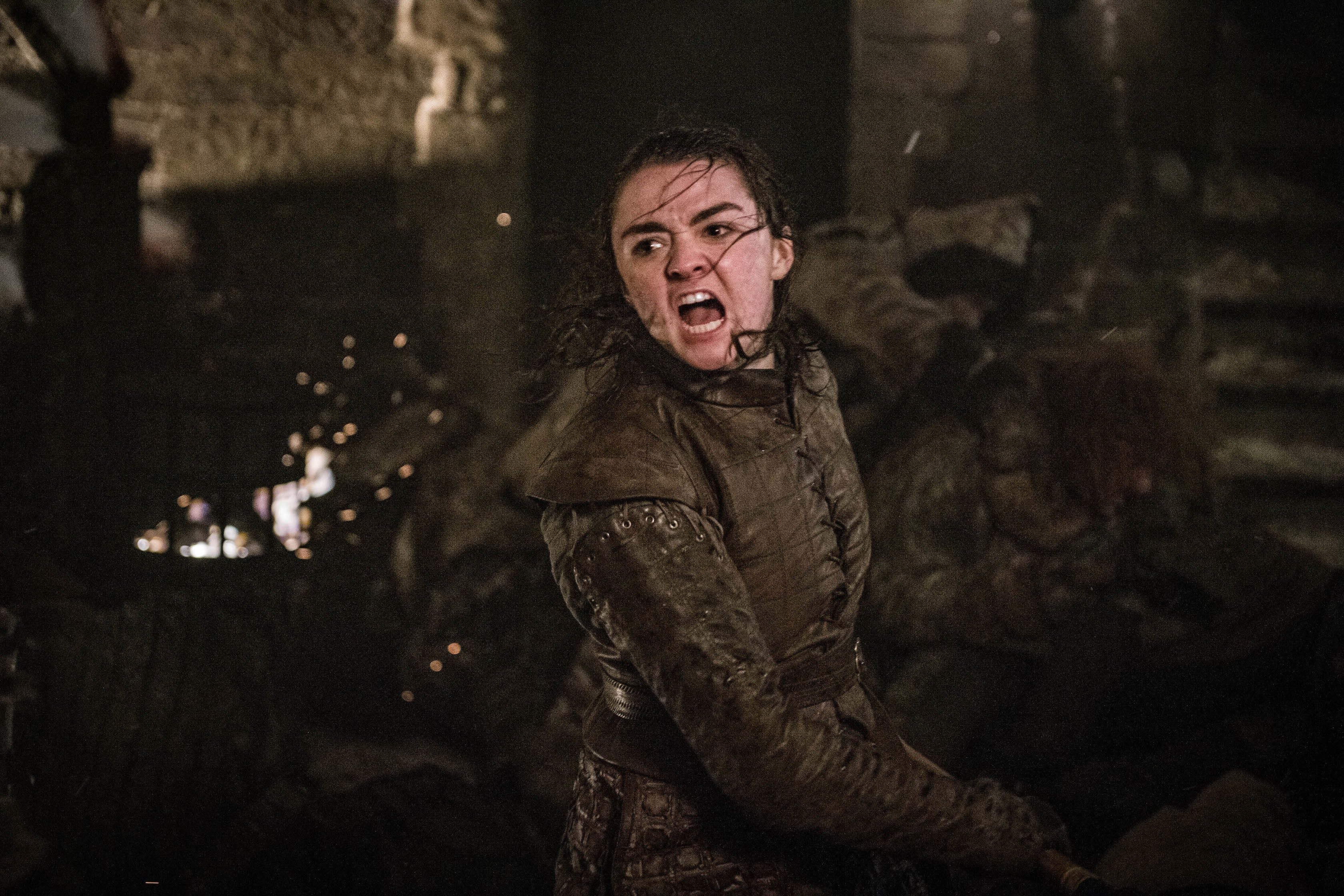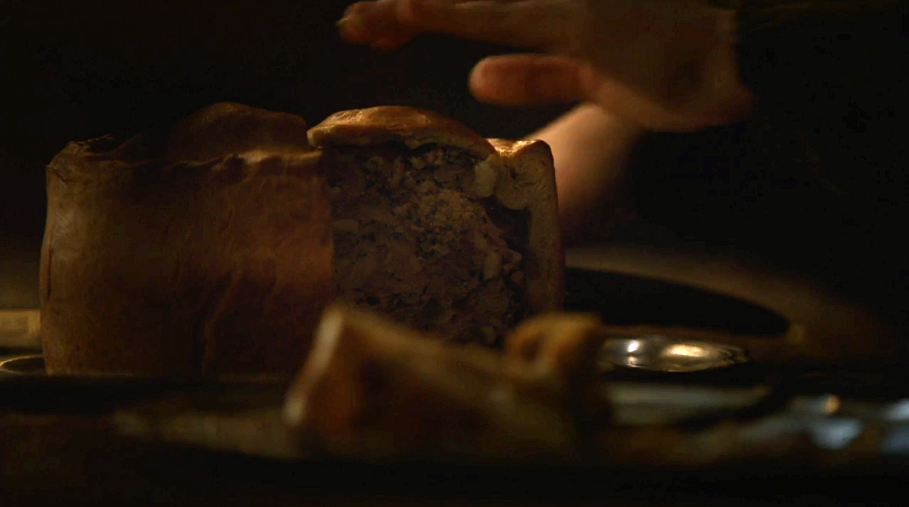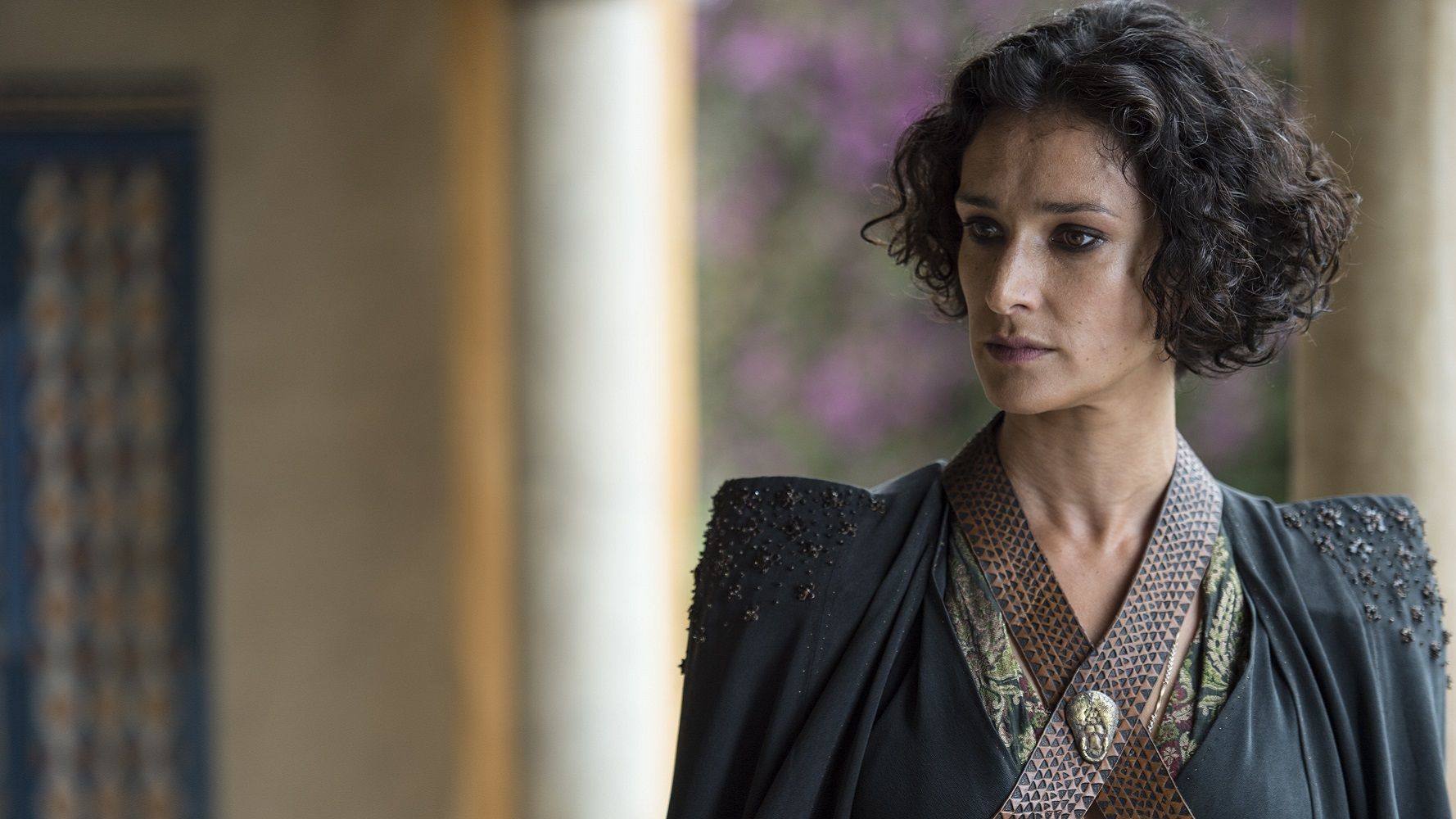VIEWPOINTS – Definite shades of Shakespeare in GAME OF THRONES
- By drediman
- May 15, 2020
- No Comments
Last night, I finished viewing the final season of the lurid but engrossing Game of Thrones. As I rapidly consumed the eight seasons of the blockbuster television show (created by David Benioff and D. B. Weiss for HBO) – which is based on author George R. R. Martin’s fantasy series A Song of Ice and Fire – I couldn’t help but repeatedly draw parallels to the characters and plots of Shakespeare’s plays. Although I’m certainly not the first to do so, I thought it would be fun to draw the connections myself.

Peter Dinklage as Tyrion Lannister, a.k.a. Richard III.
The History Plays
Shakespeare chronicles the War of the Roses in his History Plays (Richard II, Henry IV Parts 1 & 2, Henry V, Henry VI Parts, 1-3, Richard III), in which two families – the Yorks and Lancasters – vie for the English throne, resulting in a bloody feud that lasts generations. Sound familiar? Game of Thrones essentially uses the same premise to prime the knotty yarn it tells. Just replace the House of Lancaster with House Targaryen and the House of York with House Baratheon/Lannister, and you’ll get the picture. To make things more interesting, Mr. Martin incorporates in his fantasy plot a good number of other royal houses (e.g., House Tyrell, House Greyjoy, House Tully), each with their own designs on climbing the ladder in pursuit of power.
Here are some specific parallels between Game of Thrones and Shakespeare’s History Plays:
- The physically-maligned Tyrion Lannister is clearly inspired by Richard III (and a touch of Thomas Cromwell), albeit an infinitely more thoughtful and sympathetic figure than Shakespeare’s infamous villain
- The worldly, reckless shenanigans of King Robert Baratheon call to mind Falstaff’s pleasure-seeking activities
- The dual tracks of the unassuming Jon Snow and the sadistic Ramsey Bolton (which come to a head during the Battle of the Bastards) are reminiscent of the trajectories of Prince Hal and Hostpur

Tara Fitzgerald and Stephen Dillane as Stannis and Selyse Baratheon, a.k.a. the Macbeths.
Macbeth
Dragonstone’s dreary landscape is an ideal setting for Game of Thrones’ recasting of Macbeth. Here are some striking correlations to one of Shakespeare’s darkest, most violent plays:
- Stannis Baratheon’s blind, ruthless ambition and its subsequent repercussions are a dead ringer for Macbeth’s journey
- Like Lady Macbeth, wife Selyse Baratheon is a guilty accomplice to her husband’s unhealthy ambitions; like that famous Shakespeare anti-heroine, she meets a similarly tragic end (Cersei Lannister also has more than a touch of Lady Macbeth in her; more on that deliciously diabolical character below)
- The sensual priestess Melisandre is a stand-in for the the Scottish Play’s three witches. In both versions, black magic and elusive yet alluring predictions fuel horrific chains of events

Emilia Clarke as Daenerys Targaryen, a.k.a. Mark Antony.
Julius Caesar
Major themes of Julius Caesar include the fragility of government and the state, as well as the art of swaying public opinion. Parallels to Game of Thrones include:
- Daenerys Targaryen’s exploits in Slaver’s Bay and beyond showcase her skill at inspiring loyalty, a talent shared by Mark Antony (“Friends, Romans, countrymen, lend me your ears …”)
- Jon Snow’s “death” at the hands of his Night’s Watch subordinates at Castle Black is directly lifted from Caesar’s assassination scene in the Bard’s play
Antony & Cleopatra
Game of Thrones also borrows from another Roman tragedy, Antony and Cleopatra, particularly with respect to the passionate, lustful characters that inhabit the exotic locale of Dorne (a stand-in for ancient Egypt):
- The characters of Ellaria Sand and her devoted warrior-daughters are likely inspired by the fierce, emotionally-driven Cleopatra and her handmaidens
- The tempestuous, all-consuming love between Cersei and Jaime Lannister registers similarly to the salacious love affair between the titular, larger-than-life Roman general and Egyptian queen of Shakespeare’s play

Maisie Williams as Arya Stark, a.k.a. Hamlet.
Hamlet
It would have been a shame for Mr. Martin not to incorporate elements of Hamlet, arguably Shakespeare’s most well-known work. Luckily, there’s plenty of evidence of the play’s influence in Game of Thrones. Particularly, the notions of revenge and insanity play prominently in both Hamlet and the fantasy televisions series.
- Just like the pensive Danish prince, Arya Stark loses her father – among other family members – to murderous schemes and is almost driven mad (during her interlude in Braavos) in her focused pursuit of revenge
- Likewise, the Dornish prince Oberyn Martell journeys to King’s Landing to revenge his sister’s unsavory death at the hands of the Lannisters, and it doesn’t end prettily
- During Margaery Tyrell and Joffrey Lannister’s memorable (!) royal wedding, a viciously satiric “play-within-a-play” depicting recent events is enacted; the royal presentation bears a strong resemblance to Hamlet‘s “The Murder of Gonzago”, a similarly instigating play-within-a-play
King Lear
One of Shakespeare’s towering masterworks is inarguably King Lear, which depicts a world on the brink of self-annihilation. The world created by Mr. Martin closely resembles the classic play’s tense, teetering world order. As such, it’s not surprising that Game of Thrones would draw from the underlying work’s rich roster of mostly unsavory characters:
- References to the destructive behavior of a Targaryen “Mad King” easily suggest a character similar to Shakespeare’s aging, mentally-addled monarch
- Cersei Lannister’s audaciously monstrous actions and adulterous inclinations are reminiscent of the behavior of Lear’s daughters, Goneril and Regan
- The conniving Petyr Baelish’s ruthless inter-house dealings and slimy, side-shifting allegiances have a lot in common with the bastard Edmund’s spiteful, self-serving activities (traits which Iago, an iconic creation from Othello, also famously possesses)

Meat pie anyone? Walder Frey is served his sons on a platter, just like in “Titus Andronicus”.
Other Shakespearian references
And the references don’t end there. I could go on:
- Jorah Mormont and Brienne of Tarth’s overwhelming devotion (bordering on romantic obsession) call to mind Antonio’s uncommonly steadfast loyalty to Sebastian in Twelfth Night
- Touching sibling reunions concluding plays like Twelfth Night and The Comedy of Errors manifest themselves in the eventual reunion of the Stark children
- The High Sparrow’s politicized puritanical worldview strikingly calls to mind Angelo’s purgatives in Measure for Measure
- Walder Frey is served a minced meat pie concocted from the bodies of his two murdered sons — Black Walder and Lothar — an homage to a notorious scene from Titus Andronicus (in fact, both the play and the television series share an almost gleeful delight in all things violent and gory)



 Copyright © 2024
Copyright © 2024
Leave a Reply